New research from the University of Pennsylvania (USA) and Lawrence Berkeley National Laboratory (California) shows that our universe has become 'more chaotic and complex' after about 13.8 billion years of existence.
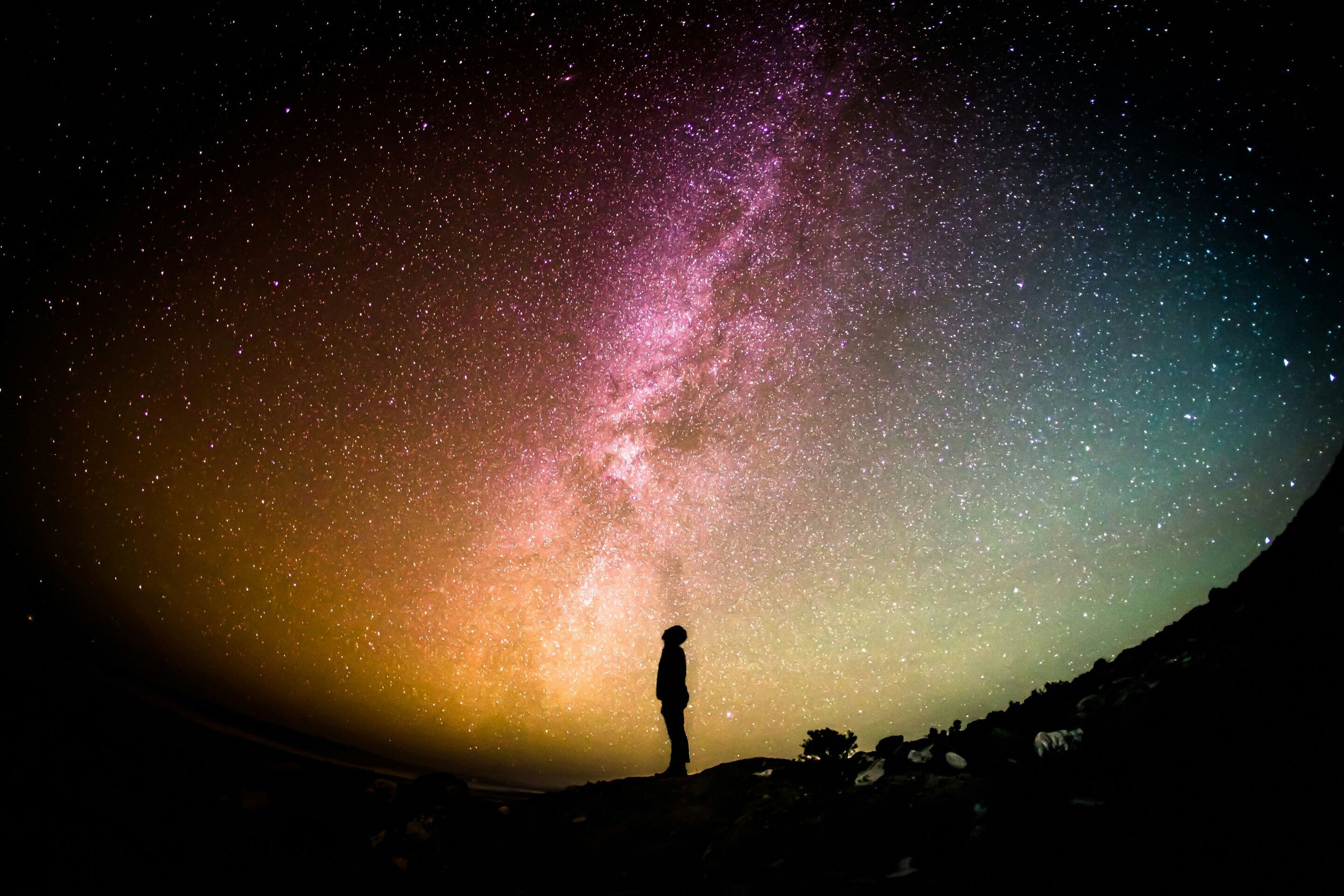
Man and the universe
Scientists Joshua Kim and Mathew Madhavacheril of the University of Pennsylvania and colleagues at Lawrence Berkeley National Laboratory say they reached the above conclusion about the universe by reviewing two types of databases from sky surveys.
The data, published in the Journal of Cosmology and Astroparticle Physics and arXiv , comes from the Atacama Space Telescope (ACT) and the Dark Energy Spectroscopic Instrument (DESI).
Combining data from ACT and DESI allows the team to time-line the universe in a way that's like stacking ancient photos of the universe on top of more recent ones, providing a multidimensional view of the universe, Madhavacheril said.
“With a view of 23% of the sky, ACT paints a picture of the early universe using the faint, distant light from the Big Bang,” said first author Joshua Kim, who was not involved in the study. The image was taken when the universe was about 380,000 years old.
Meanwhile, DESI data provides a more recent record of the universe. Installed at Kitt Peak National Observatory in Arizona and operated by Lawrence Berkeley National Laboratory, DESI maps the universe in three dimensions by studying the distribution of millions of galaxies, especially flare-red galaxies (LRGs).
LRGs are galaxies that act as landmarks, allowing scientists to trace how matter spread out over billions of years.
"DESI's LRG team provides a more recent image of the universe, showing how galaxies are distributed at different distances," according to expert Kim.
By combining information from ACT and DESI in a process similar to a cosmic CT scan, the team of experts created a time series of the ancient and recent history of our universe.
Source: https://thanhnien.vn/vu-tru-dang-tro-nen-hon-loan-phuc-tap-hon-185250124095157038.htm



![[Photo] Prime Minister Pham Minh Chinh chairs a meeting of the Government Standing Committee on overcoming the consequences of natural disasters after storm No. 11](https://vphoto.vietnam.vn/thumb/1200x675/vietnam/resource/IMAGE/2025/10/09/1759997894015_dsc-0591-jpg.webp)
![[Photo] General Secretary To Lam visits Kieng Sang Kindergarten and the classroom named after Uncle Ho](https://vphoto.vietnam.vn/thumb/1200x675/vietnam/resource/IMAGE/2025/10/09/1760023999336_vna-potal-tong-bi-thu-to-lam-tham-truong-mau-giao-kieng-sang-va-lop-hoc-mang-ten-bac-ho-8328675-277-jpg.webp)
![[Photo] President Luong Cuong attends the 80th Anniversary of the Traditional Day of Vietnamese Lawyers](https://vphoto.vietnam.vn/thumb/1200x675/vietnam/resource/IMAGE/2025/10/09/1760026998213_ndo_br_1-jpg.webp)


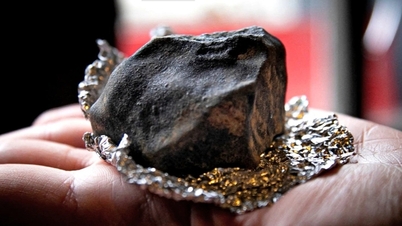

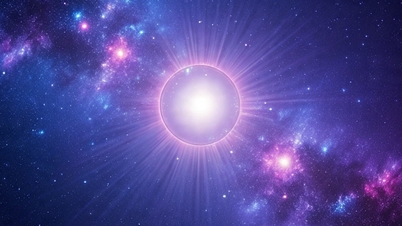


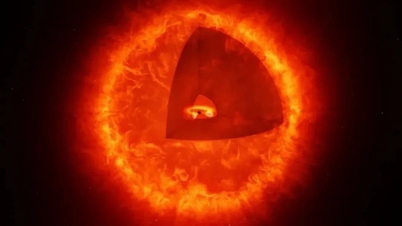

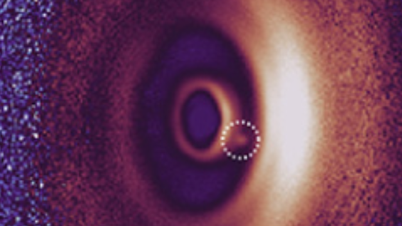




















































































Comment (0)